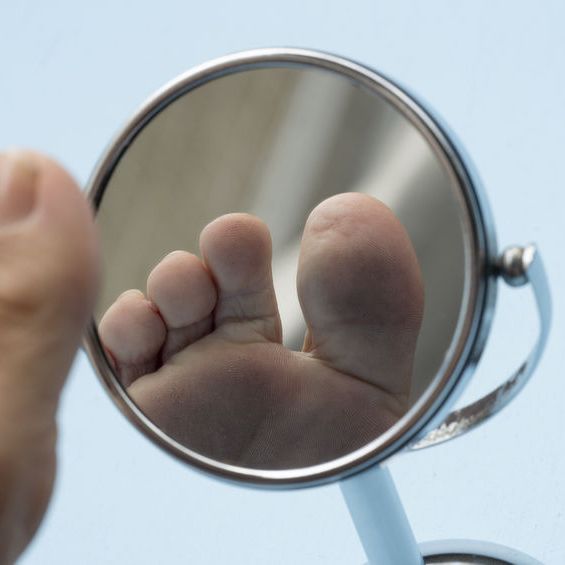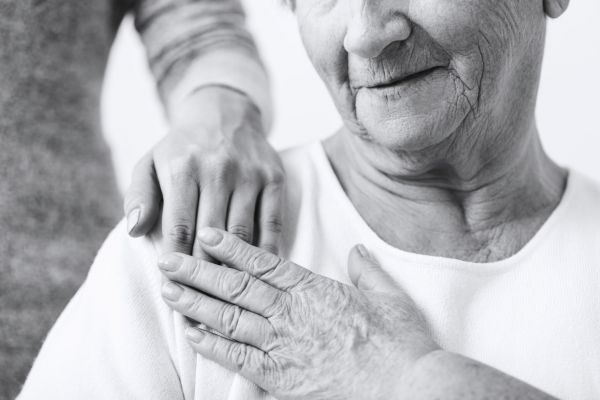How To Take Care of Diabetic Foot to Prevent Injury
iSavta | 27.04.2021

When we talk about diabetic patients, one thing that comes to mind as a caregiver is sugar intake. This involves a series of interventions and precautions to make sure that your patient is constantly with an acceptable blood sugar level.
One may think that the primary concern of the caregiver is the patient’s sugar or glucose intake in which the amount and quality of food are the main priorities.
Little did they know that a small untreated scab on their patient’s foot can be very dangerous.
Diabetes can cause major nerve damage that may potentially cause loss of feeling in your lower extremities. It affects your circulation and reduces the blood flow to the feet which as a result, hard to heal cuts, injuries, or infections.
As a caregiver, you play an important role to avoid serious foot injuries in your diabetic patient that could result in losing a part of his/her lower extremities. Here are some of our tips:
Cut your patient’s nail carefully
- As our elderly patients are not capable of cutting their nails, we are expected to do it for them as part of our job to maintain their hygiene. Cut the nails straight. Do not cut the edges or file them instead.
Bathe feet in lukewarm water and keep it dry
- Wash your patient’s feet daily with lukewarm water and never hot water. Don’t let their feet get wet in rain. Let them wear socks to keep them warm during winter.
Moisturize feet except between the toes
- Moisturizer could help with dry feet to prevent itching caused by dry skin. Itchiness will lead to scratching and eventually, wound. Do not moisturize between the toes as these may result in fungal infection.
Inspect the shoes before wearing it
- There might be some pebble or something inside the shoes that your patient wouldn’t be able to feel because of nerve problems. This may cause a wound or scratch that could potentially become a huge problem for your patient.
Inspect the feet daily
- Again, your patient won’t be able to feel anything in their lower extremities because of nerve problems. It is important to inspect your patient’s feet daily to make sure he doesn’t have any open wounds or cuts.
Take diabetes medications on time regularly
- It is important to make sure that your patient’s blood sugar level is under control.
Aside from these tips, it is also important that your patient will have regular periodic food exams with his/her doctors. This is to ensure that everything is covered and optimum prevention is being done to prevent foot injury.












